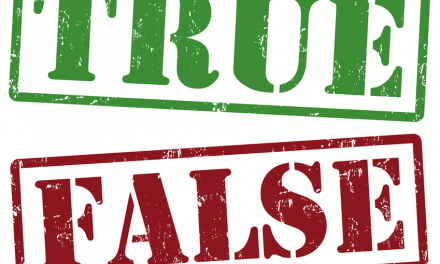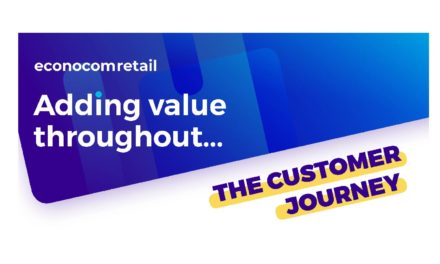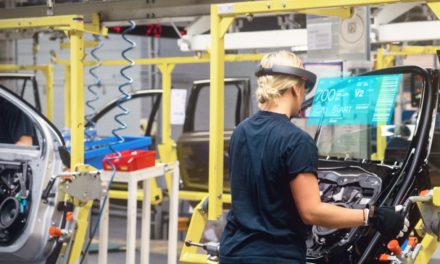Retailers are realising that they have to adapt to customers’ digital uses. Customers may browse, compare, order online, but a vast majority of them still prefer brick-and-mortar stores to complete their shopping experience. In retail, web-to-store strategies are essential and meet the customers’ demands.
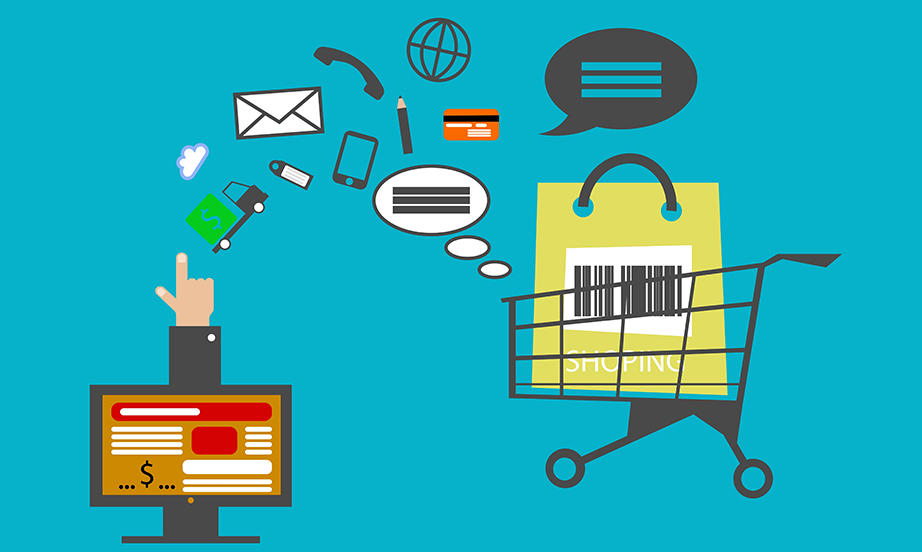
French customers have become well and truly hybrid. By massively adopting the best of both digital and physical worlds, they’re driving the convergence trend. Despite being increasingly popular with major retailers, it has yet to catch on with local shops, which could mean they will get left behind, according to the latest survey by Mappy/BVA.
Large retailers have gone digital
According to this 4th yearly survey, web-to-store is aimed at all sorts of customers, anywhere and anytime, through media that are ever more diverse. Major retailers have learned how to really address uses and demands.
- 90% of customers use the web to look for information before heading to a local store or a large retailer.
- 60% of customers acknowledge the quality of the websites of large retailers and their digital services.
- 96% of e-shoppers look for information online before completing their purchase online. While this data seems very logical, it doesn’t provide information on the shopping habits of the remaining 4% who purchase online without previously looking for information online.
- Opening hours, contact details, even the list of a chain’s stores have always been the standard info required, even before the digital era. With mobile connections from smartphones, access to this information and additional services such as geolocated research tools, instant call services and guiding consumers to the nearest point of sale must be carefully thought out and optimised.
- Search engines are on the decline: although they still are the main information channel before in-store purchases, they were used 15% less in 2016 in comparison with 2015.
- Interest in social networks is rising: these information channels increased by 4% in a year (16% vs. 12%). This mild increase will encourage both large and small retailers to exploit this niche to meet customers’ future requirements.
- One-way click & collect: online orders and in-store collection are still popular with 88% of customers, 49% of whom took the plunge in 2016. This service, which is for local shopping (the closest store to your home or workplace), is still restricted to large retailers (89%); local shops are put off by the complicated logistics.
The advantages of local shopping
The 2016 Mappy survey reveals some positive indicators for local shops and some ideas to step up their digital activity.
- Customer relations and in-store service: still very popular with customers who associate it with local shops, unlike digital services.
- Before purchasing a product in a store, 71% of customers have looked for information online.
- Website and Facebook page: depending on their budget, some local shops are using digital marketing and increasing their online presence.
- Showrooming –a practice retailers are supposedly scared of– is less popular in local shops (48%) than in larger chains (60%).
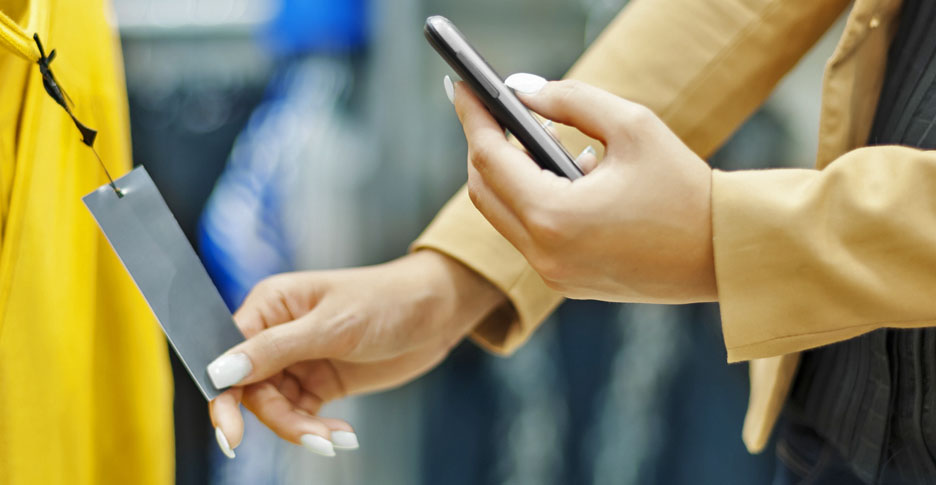
Among the points that need improving to satisfy constantly-connected customers and win some customers back from the larger chains:
- Developing smartphone-related services
- Collect profile data to design customised offers. 49% of customers are willing to share this data, in return for special offers, special offers, etc.









